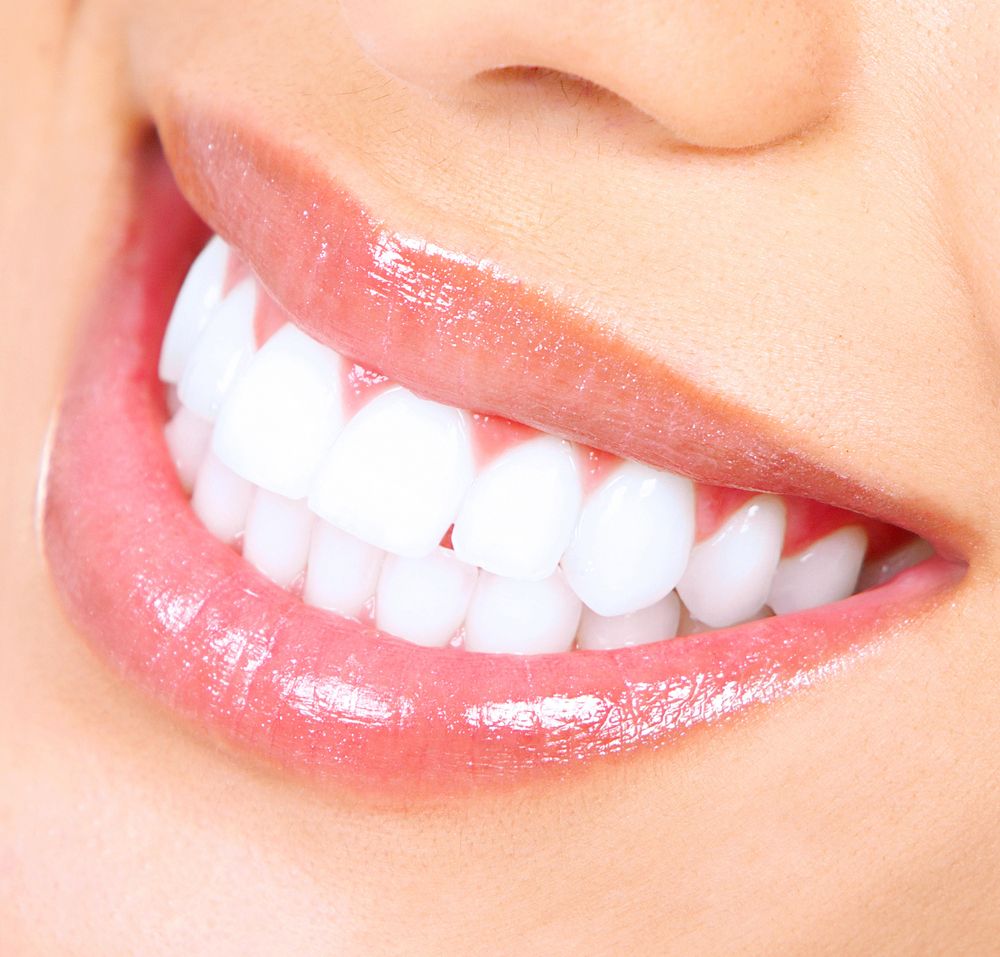If you've completed a whitening treatment but find yourself wondering, why are my teeth still yellow after whitening?, you're not alone. Many people expect instant, bright white results, but Teeth Whitening in Dubai doesn’t always deliver perfection for every case. Factors such as natural tooth color, underlying stains, enamel thickness, and lifestyle habits all influence the outcome. Whitening treatments lift surface stains, but not all discoloration is treatable in the same way. Understanding the root causes of persistent yellowing helps set realistic expectations and guides you to better long-term results.
Your Natural Tooth Color Plays a Role:
Everyone has a unique base tooth color, and not all shades respond equally to whitening. Genetics heavily influence the natural shade of your enamel and dentin, which can limit how white your teeth can appear—even after bleaching.
Here are some genetic factors to consider:
- Natural tooth shades vary from gray, yellow, or off-white
- Dentin color underneath enamel may remain visible, especially with thin enamel
- Teeth with translucent enamel can appear more yellow after whitening
- Some people reach their whitening limit faster than others
Even the most effective whitening treatment can’t change the internal structure of your teeth—it simply enhances the outer appearance.
Deep Intrinsic Stains May Be the Culprit:
While whitening is great for removing surface stains (extrinsic stains), it doesn’t always work on deeper discoloration within the tooth (intrinsic stains). These internal stains can result from medication, trauma, or long-term exposure to fluoride.
Common causes of intrinsic discoloration include:
- Tetracycline antibiotics taken during childhood
- Dental trauma that darkens the inner tooth
- Overexposure to fluoride (fluorosis) in early years
- Developmental disorders affecting tooth formation
- Old silver amalgam fillings that cast a gray hue
In such cases, whitening may only improve your smile slightly—or not at all. Cosmetic treatments like veneers or bonding might be better alternatives.
Enamel Erosion and Thin Enamel Affect Results:
Tooth enamel is the translucent outer layer that covers and protects your teeth. When enamel is thin or worn down, it allows more of the yellow dentin underneath to show through, making the teeth appear discolored even after whitening.
How enamel condition impacts whitening:
- Thin enamel doesn’t hold whitening agents well
- Erosion from acidic foods or harsh brushing exposes more dentin
- Aging naturally thins enamel, making teeth appear darker
- Grinding or clenching teeth can wear enamel down over time
If your enamel is significantly eroded, your dentist might suggest treatments to protect the tooth rather than additional whitening.
Lifestyle Habits That Counteract Whitening:
One major reason people still ask, “why are my teeth still yellow after whitening?” is because of daily habits that contribute to staining. Even after a successful whitening treatment, consuming certain foods or practicing poor oral hygiene can reverse the effects quickly.
Habits that may reduce whitening effectiveness:
- Drinking coffee, tea, red wine, or cola regularly
- Smoking or using tobacco products
- Not brushing and flossing consistently
- Skipping routine dental cleanings
- Consuming highly pigmented or acidic foods like berries and curry
Maintaining whitening results requires lifestyle changes and diligent oral care routines.
Inconsistent or Improper Whitening Application:
At-home whitening kits are convenient, but when not used correctly, they may lead to uneven or disappointing results. Whether the trays don’t fit well or the product is too weak, improper application can leave your smile looking patchy or still yellow.
Common application issues include:
- Using expired or low-quality whitening products
- Whitening trays that don’t fit snugly against your teeth
- Not following treatment time or instructions accurately
- Skipping sessions or over-whitening which can irritate enamel
- Using whitening while wearing braces or with restorations
Professional whitening from a dentist often yields better and more consistent results due to customized treatment and stronger agents.
What to Do If Your Teeth Are Still Yellow?
If you're disappointed with your Teeth Whitening Treatment results, don’t give up. There are several steps you can take to better understand your situation and explore additional options to enhance your smile.
Next steps to consider:
- Visit your dentist for a professional evaluation
- Ask about cosmetic alternatives like veneers or bonding
- Use whitening toothpaste to help maintain and improve results
- Follow a strict oral hygiene routine
- Limit consumption of stain-causing foods and drinks
- Schedule follow-up whitening treatments if appropriate
Teeth whitening isn’t one-size-fits-all. Knowing why your teeth are still yellow helps you take informed action to improve your smile in a safe and effective way.

